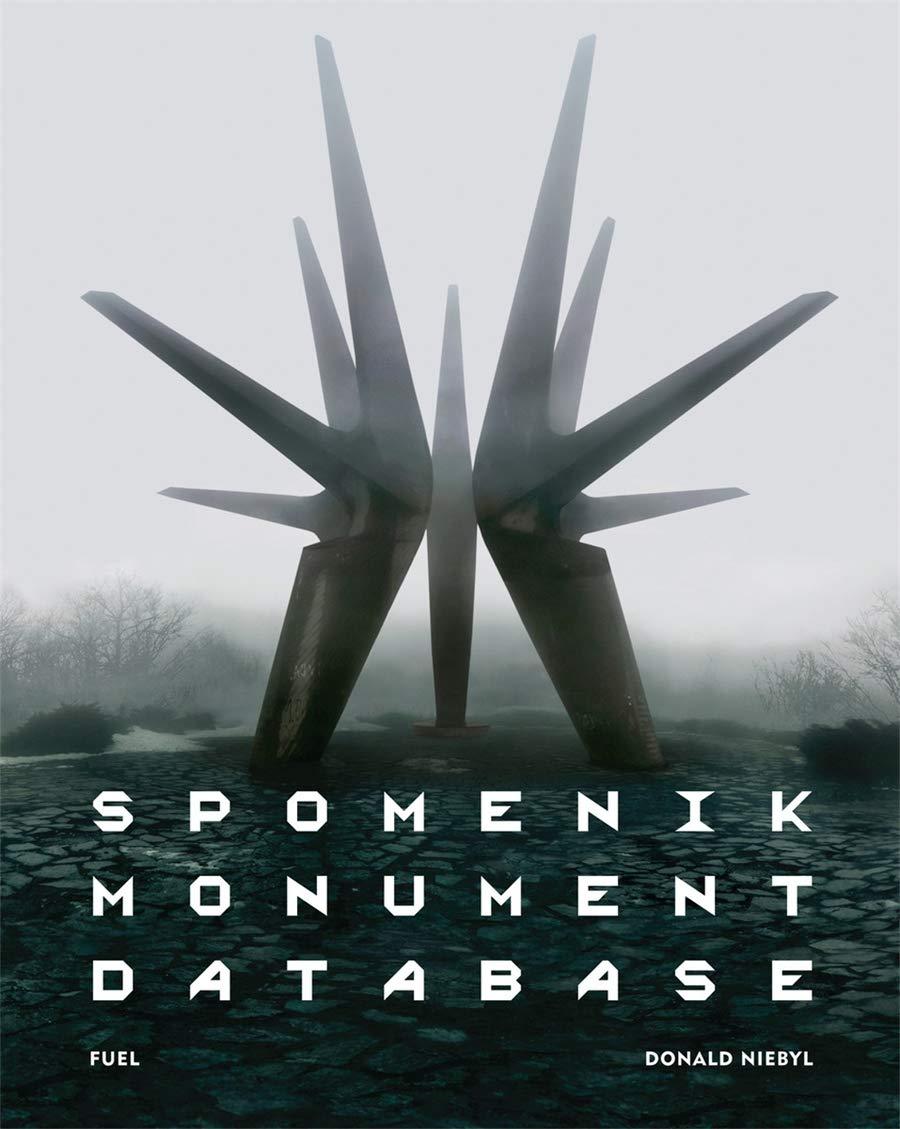Question
Risk management tools support the implementation and execution of program risk management in systems engineering programs. Keywords: risk analysis tools, risk management tools, risk tools
Risk management tools support the implementation and execution of program risk management in systems engineering programs.
Keywords: risk analysis tools, risk management tools, risk tools
MITRE SE Roles & Expectations: MITRE systems engineers (SEs) working on government programs are expected to use risk analysis and management tools to support risk management efforts. MITRE systems engineers also are expected to understand the purpose, outputs, strengths, and limitations of the risk tool being used.
Background
Risk analysis and management tools serve multiple purposes and come in many shapes and sizes. Some risk analysis and management tools include those used for:
Strategic and Capability Risk AnalysisFocuses on identifying, analyzing, and prioritizing risks to achieve strategic goals, objectives, and capabilities.
Threat AnalysisFocuses on identifying, analyzing, and prioritizing threats to minimize their impact on national security.
Investment and Portfolio Risk AnalysisFocuses on identifying, analyzing, and prioritizing investments and possible alternatives based on risk.
Program Risk ManagementFocuses on identifying, analyzing, prioritizing, and managing risks to eliminate or minimize their impact on a program's objectives and probability of success.
Cost Risk AnalysisFocuses on quantifying how technological and economic risks may affect a system's cost. Applies probability methods to model, measure, and manage risk in the cost of engineering advanced systems.
Each specialized risk analysis and management area has developed tools to support its objectives with various levels of maturity. This article focuses on tools that support the implementation and execution of program risk management.
Selecting the Right Tool
It is important that the organization defines the risk analysis and management process before selecting a tool. Ultimately, the tool must support the process. Below are criteria to consider when selecting a risk analysis and management tool:
Aligned to risk analysis objectivesDoes the tool support the analysis that the organization is trying to accomplish? Is the organization attempting to implement an ongoing risk management process or conduct a one-time risk analysis?
Supports decision makingDoes the tool provide the necessary information to support decision making?
AccessibilityIs the tool accessible to all users and key stakeholders? Can the tool be located/hosted where all necessary personnel can access it?
Availability of dataIs data available for the tool's analysis?
Level of detailIs the tool detailed enough to support decision making?
Integration with other program management/system engineering processesDoes the tool support integration with other program management/system engineering processes?
Program Risk Management Tools
The Mission Risk Diagnostic (MRD) is a versatile method for assessing risk in interactively complex software-reliant systems that can be applied across the life cycle (i.e., acquisition, development, operations) and supply chain. It analyzes a set of systemic risk factors to aggregate decision-making data and provides decision makers with a benchmark of a system's current state. The resulting gap between a system's current and desired states points to specific areas where additional investment is warranted. The MRD can be self-applied by the person or group that is responsible for managing a system or conducted by external parties on behalf of the responsible person or group.
The MRD defines the basic platform for performing mission risk assessment. Optional analyses can be added to the basic MRD platform as needed to assess mission risk in unique or specialized environments. For example, you can add analysis modules to the MRD platform to assess risk in system-of-system environments. Likewise, you can add a causal analysis to determine the root causes of mission risk.
The MRD is featured in a public course, Practical Risk Management, (which can also be taught onsite) as well as workshops that combine part or all of the course along with hands-on development and refinement of the methodology to suit a particular organization's needs. You can learn to do your own evaluations using MRD or have us perform an independent, third-party evaluation of your program
Please write this in your own language and good grmmar
Step by Step Solution
There are 3 Steps involved in it
Step: 1

Get Instant Access to Expert-Tailored Solutions
See step-by-step solutions with expert insights and AI powered tools for academic success
Step: 2

Step: 3

Ace Your Homework with AI
Get the answers you need in no time with our AI-driven, step-by-step assistance
Get Started


